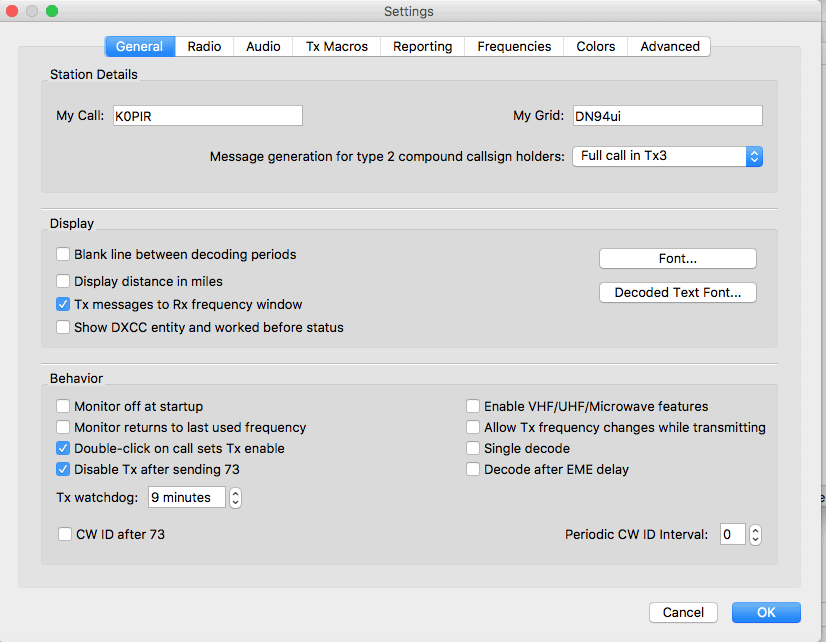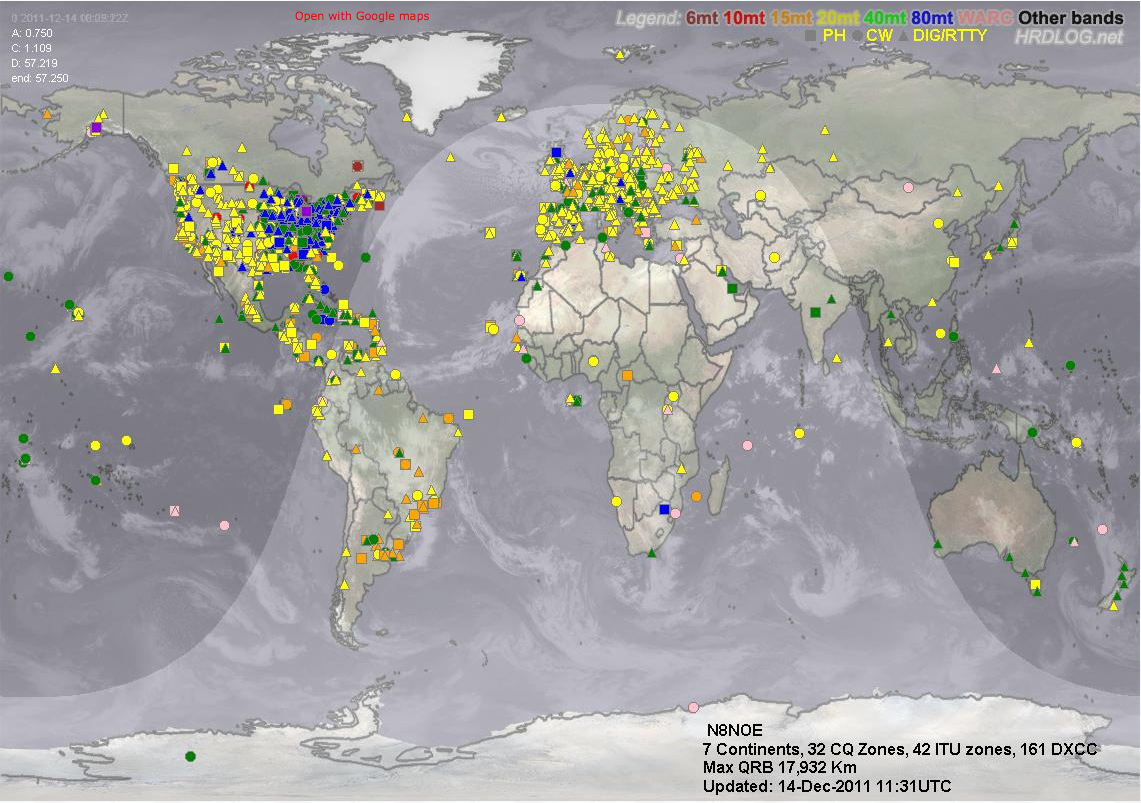

None will work, but Fake it does as well. For PTT method choose CAT, and for Split choose what works. Now under CAT control you should see a box that says Network Server. If MLDX is controlling your rig the "Rig" section here should be "None".ĭrop down the Rig and choose "DX Lab Suite Commander". Open WSJT-X and go into Preferences.Radio. You should now see WSJT-X: 0 on the bottom left, and CAT connections: 0 on the bottom right. The bottom right of the JT-Bridge window now likely says CAT Address already in use, ignore that I think it's a bug (I've reported it). Put that in there and then tab into another field. Type in a port, can be any, but I used 7374. Look at the bottom of that window, it's a section that says CAT, and the Listen on port is probably blank. Go into the Preferences for JT-Bridge and go to the Network tab. Now, the bottom left should say WSJT-X Connection: 0, that's good. Do that by selecting File.Open and choosing your MLDX SQL file. If it doesn't then you haven't connected it to the log yet. Make sure the top title bar says "Connected to MacLoggerDX". Make sure UDP broadcasts is checked under the Station tab in MLDX. I probably will do a Youtube Video on it as well, because it's kind of hidden.įirst off, make sure MLDX is controlling the rig, have everything else closed (no JT-Bridge or WSJT-X open). It's possible though, because I finally figured it out. The docs hinted at it, but boy was it a convoluted thing to figure out.

All the documentation seemed to state that it was possible to let MLDX control the rig, JT-Bridge be the intermediary, and WSJT-X to see the changes and PTT. The Worked column displays the QSO's Band and Mode you have had with this station sorted low frequency to high.So I stumbled across this post because I too was trying to make this work. Double clicking on this table row will perform a look up and tune to the the most recent spot which you have not worked band and mode. Red indicates you haven't worked this station on this band and mode. The Spotted column displays the band and mode for the spots received for this call, sorted most recent first. The Spots column displays the number of spots received for the watched call (spotted on your dxcluster matching your filter criteria eg. The QSOs column displays the number of QSOs you have had with the watched call. The Country column displays the DXCC name of the station you have added to the dxpedition tracker. The Call Sign column displays the call of the station you have added to the dxpedition tracker. The Alarm check box will raise an alarm (alarm types are set in the Alarm Prefs) when one of your watched stations is spotted on your dxcluster matching your filter criteria. Select the time frame you want to consider QSOs in your log from the time popup. Press the delete button to remove the selected call sign(s) from the watch list. The DXpedition Tracker will keep track of DXpedition stations as they are spotted, showing you which bands and modes you have worked and which ones you still need.Įnter Call Sign text to add a station to the watch list. The Floating check box allows the Contest Helper window to float above other windows.Īctivated by the DXpedition Tracker menu item under the Log Menu. The Contest Timers display QSO's per Minute, Time since Last Logged QSO and Time since Last Band Change and can be set to zero with the Reset button. The Cluster check box looks for duplicates in triple-clicked DXCluster spots and double-clicked Bands Panel spots.
Macloggerdx contests serial numbers#
Band, Mode, Contest QSO Sent and Received serial numbers are also displayed. The Duplicates table is a user-configurable dupe checking tool that will check duplicate QSO's in your log based on date, time, and band. to guess calls, it can result in stupid mistakes and significant score reductions.

Used correctly, it can help you more quickly pull a call out of the QRM. It enables the use of a database to extend the list of calls that appear in the check partial call window. " Super check partial is a feature that K1EA first introduced in his CT logging software. You may also type an asterisk * in any position as a wild card to stand for any character in that place (v5.47). These two tables are updated dynamically as you type a call into MacLoggerDX - not waiting for a lookup. The Contest Helper Window has two main sections - the K5ZD Call Completion table and the Duplicates table.


 0 kommentar(er)
0 kommentar(er)
